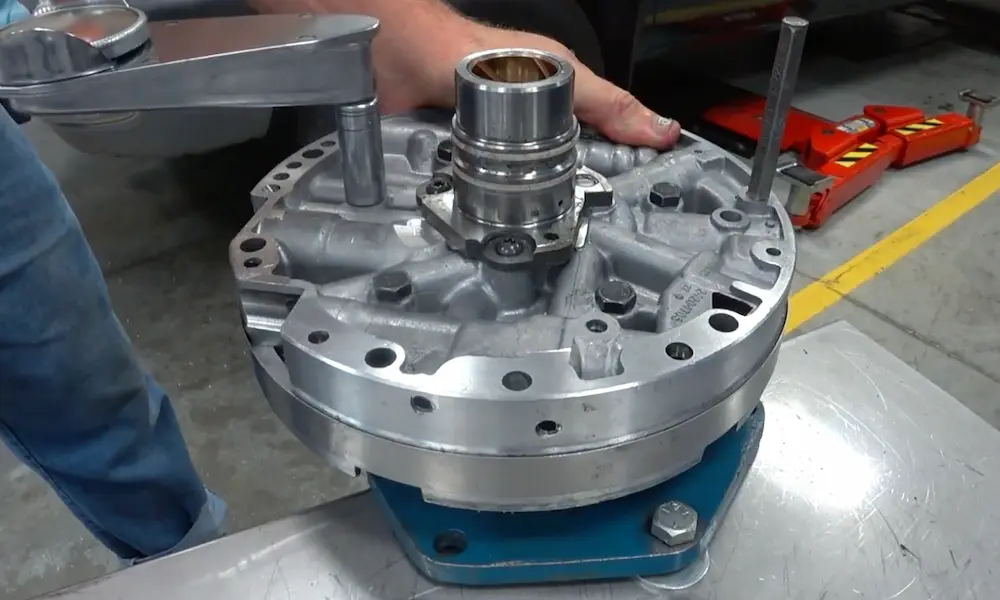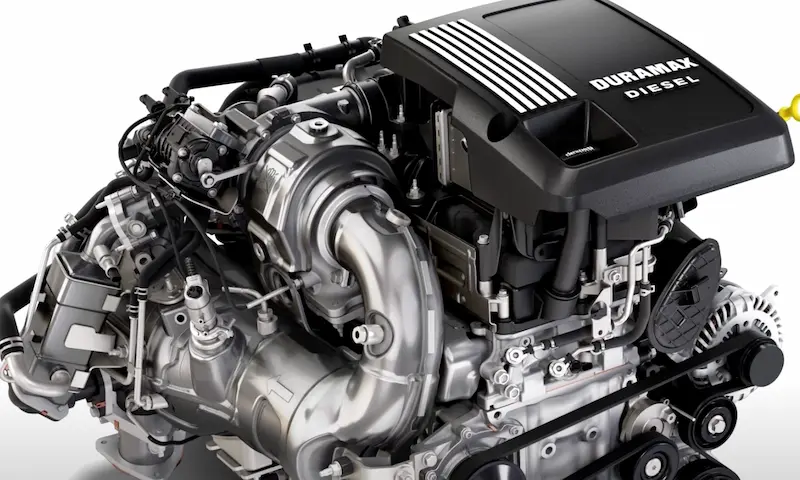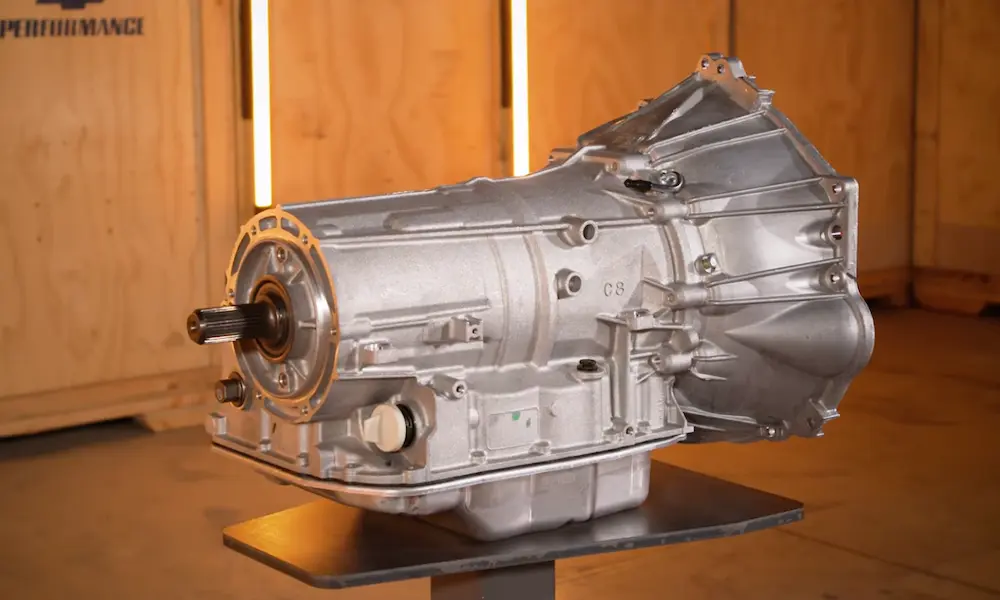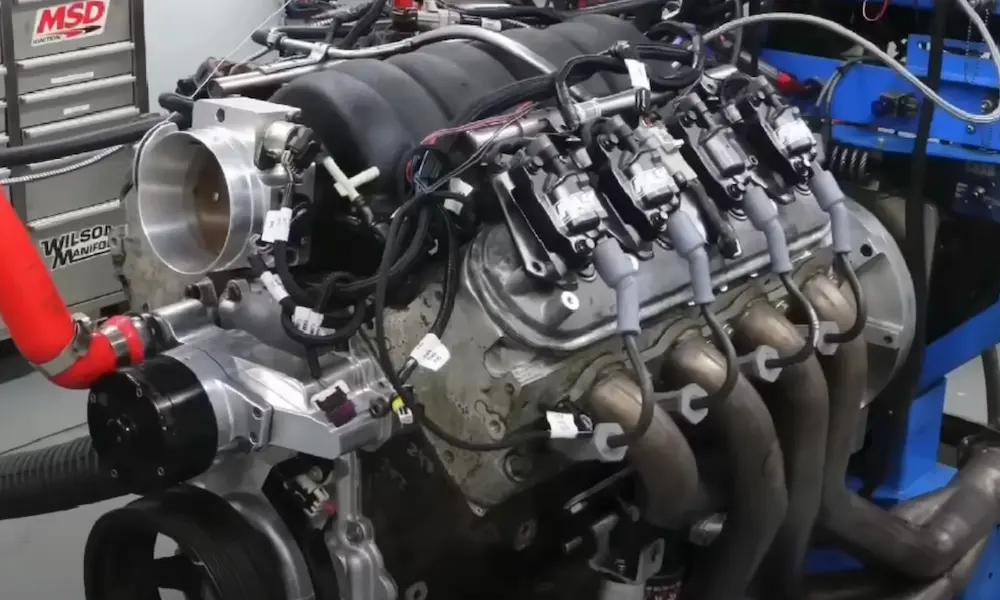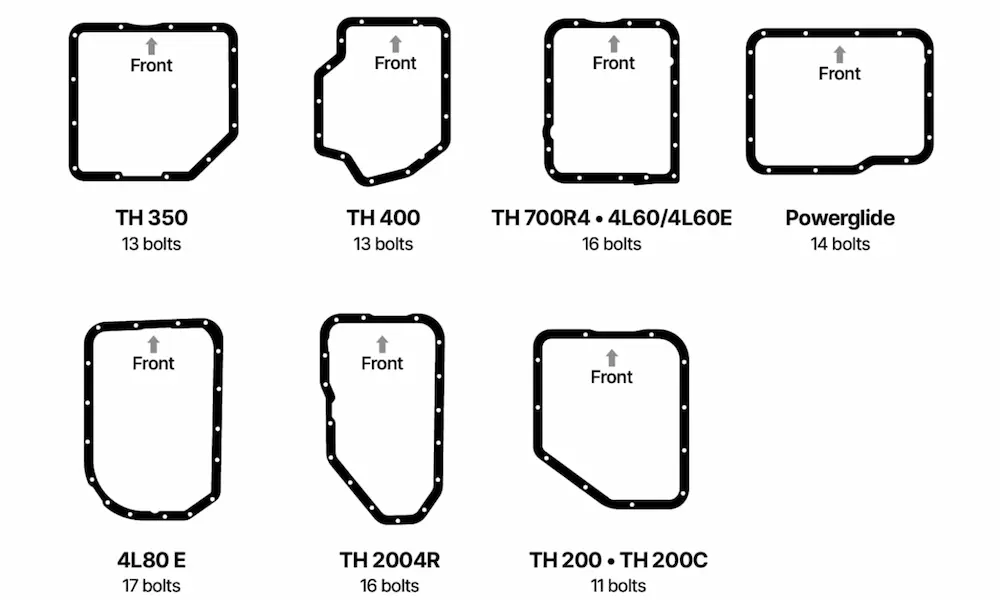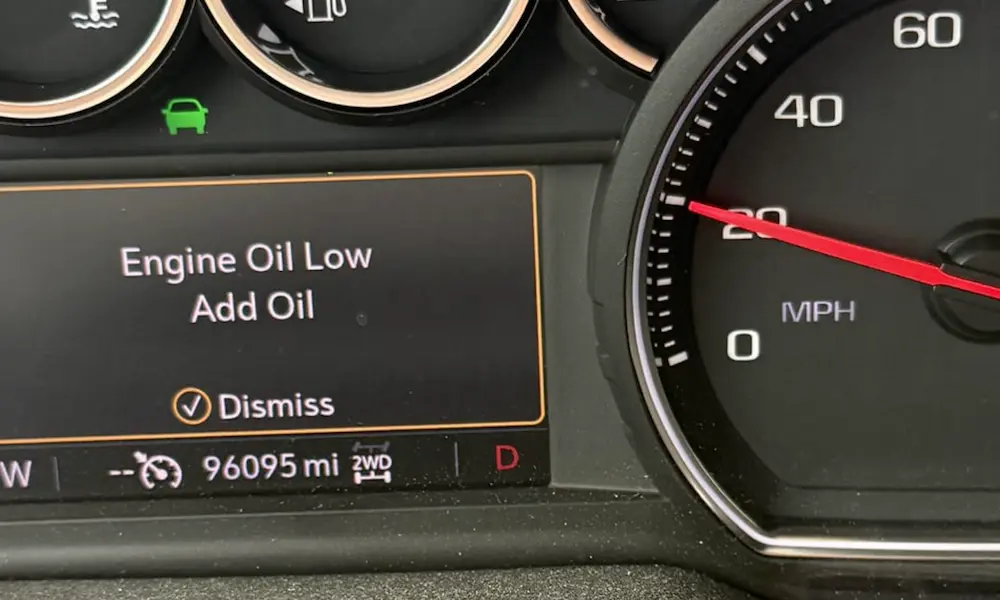Are you dealing with issues in your GM 10-speed transmission? You’re not alone. Common problems include rough shifts, slipping gears, and fluid leaks. These issues can be frustrating, but there’s hope. Our guide dives into GM 10-speed transmission problems, offering insights into causes and solutions. Discover how to keep your 10-speed automatic transmission running smoothly and ensure your vehicle stays reliable.
Understanding the GM 10-Speed Transmission
When it comes to GM’s 10-speed transmission, you’ll find it widely used in both cars and trucks. This technology enhances performance with smooth shifting and increases the vehicle’s efficiency. The system includes key models like the 10L80, 10L90, and the Allison 10-speed transmission, each designed for specific needs.
Overview of 10-Speed Transmission
The GM 10-speed transmission is known for its smooth gear transitions. It offers better fuel efficiency and improved driving comfort. By using ten gears, you experience less disruption during shifts. This helps maintain speed and power more effectively.
You’ll notice this technology in many GM vehicles, providing a balance between power and efficiency. The transmission adjusts to your driving style, helping you tackle both city roads and highways.
The 10L80 and 10L90 Models
The 10L80 and 10L90 models are essential components in the lineup. The 10L80 is commonly found in vehicles requiring a balance of torque capacity and efficiency. It suits cars that don’t need extreme power but still want reliable performance.
On the other hand, the 10L90 is often used in heavier trucks and SUVs. It offers higher torque capacity for towing and hauling. Its design focuses on handling larger loads while still delivering smooth and efficient gear changes.
Allison 10-Speed Automatic Transmission
The Allison 10-speed transmission is tailored for heavier duty vehicles. You’ll see it in pickup trucks and other large GM vehicles. It’s designed to manage high torque and power output, perfect for towing and heavy-duty tasks.
One of its key features is the ability to handle tough conditions. Whether you’re driving off-road or on steep inclines, this transmission adapts to provide optimal torque. This makes driving larger vehicles easier and more reliable, enhancing both control and performance.
The Allison transmission continues to be a strong choice for those who need a bit more muscle from their vehicles.
Common Issues with the GM 10-Speed Transmission
The GM 10-speed transmission is known for certain recurring problems that can affect your driving experience. These issues include fluid leaks, irregular gear shifts, and overheating, which can lead to bigger problems if not addressed.
Transmission Fluid Leaks
If you notice puddles of fluid under your car, you might be dealing with transmission fluid leaks. This can occur due to worn seals or gaskets and can lead to low fluid levels. Low fluid levels often cause rough shifting or slipping gears. Regularly checking and maintaining proper fluid levels is crucial. Keep an eye out for any warning lights on your dashboard as they can signal low fluid levels.
Erratic Shifting and Delayed Engagement
Erratic shifting can make your drive uncomfortable and unpredictable. This problem often involves the car shifting between gears unexpectedly, which might be linked to the shift selector problem. You could experience a delay when trying to engage the gears, making it hard for the car to respond promptly. The delayed engagement often stems from faulty sensors or electronic issues.
Rough Shifting and Shuddering
Rough shifting can feel like a jolt or hesitation as your car changes gears. It often occurs due to dirty or clogged transmission filters or a low fluid level. Rough shifting can also cause shuddering—the sensation of the car vibrating or shaking when accelerating. This issue can sometimes be fixed with a transmission fluid flush or by replacing certain components like the shift solenoid pack.
Overheating Transmission
Overheating can seriously damage your transmission. It usually happens when the fluid fails to regulate the temperature, often due to low fluid levels or clogs. If the transmission overheats, it can lead to slipping gears or total failure. Regular maintenance checks and ensuring the correct fluid type and levels can prevent overheating and extend the life of your transmission.
Loss of Power and Slipping Gears
Loss of power is often associated with slipping gears. You might experience the engine revving without an increase in speed. This issue can lead to greater concerns, like transmission slipping, which exhibits itself when gears slip out of place. Common causes include worn clutches or low transmission fluid. Having your transmission inspected regularly can help catch these issues early on.
Specific Model Concerns
When you’re dealing with GM’s 10-speed transmission, specific models can have particular challenges. For the Chevy Silverado, there have been various transmission challenges, while the GMC Sierra also faces its own issues.
Chevy Silverado Transmission Challenges
If you drive a Chevy Silverado, you’re not alone in experiencing transmission problems. Many owners of the 2022 Silverado have reported issues with rough shifting and clunky gear changes. It can feel unsettling when your vehicle behaves unpredictably, and these gear issues might stem from software glitches or mechanical deficiencies.
Chevrolet has recently announced that they have found a fix for these transmission issues, which mostly affects the 10L90 10-speed automatic version. You might want to contact your local dealer to see if this solution can be applied to your vehicle. Maintaining proper fluid levels and regular servicing can also help manage some of these problems over time.
GMC Sierra Transmission Issues
For GMC Sierra drivers, transmission problems might manifest as sudden changes in gear without any driver input. This can include the vehicle unexpectedly shifting into a higher or lower gear. Such occurrences can be attributed to a shift selector problem, a common issue acknowledged in various models utilizing the 10-speed transmission.
Often, the solution could involve checking and refilling the transmission fluid or recalibrating the selector mechanism. Regular maintenance and being proactive with any early symptoms can help address these issues. Reaching out to a certified dealer or mechanic if you notice any gear irregularities is a wise step to keep your Sierra running smoothly.
Maintenance and Troubleshooting
Taking care of your GM 10-speed transmission involves regular checks and addressing problems early. Here’s what you can do in terms of upkeep and fixes to keep it running smoothly.
Regular Maintenance Practices
Regular maintenance is key to extending the life of your transmission. You should check the transmission fluid regularly. Clean fluid is essential because contaminated fluid can cause problems like harsh shifting and shuddering. To avoid fluid contamination, make sure no water, dirt, or debris gets into the system. It’s a good idea to have a mechanic look at your transmission during routine vehicle services.
Apart from checking the fluid, you should also inspect cooling lines for any damage. Cooler failure is another common issue. Maintaining the cooling system ensures the transmission doesn’t overheat, helping to prevent breakdowns.
Troubleshooting Techniques
If you encounter problems like unexpected gear shifts or delayed responses, it’s time to troubleshoot. Start by checking the shift selector; problems here can cause the car to change gears without your input. Adjusting the shift linkage or recalibrating electronics can often solve these issues.
When dealing with transmission performance issues, reviewing error codes with a diagnostic tool is useful. This can point you to potential electronic or mechanical problems. Solving these quickly with expert help can save bigger costs later.
Check for Transmission Fluid Leaks
Checking for transmission fluid leaks is crucial. A fluid leak might show up as puddles under the car or as problems like hesitation in shifting. If the transmission is low on fluid, it can lead to overheating and severe damage.
Inspect the ground where you park for any spots of fluid, and examine transmission lines for any obvious signs of leaks. Even small leaks can lower fluid levels significantly, so addressing them quickly is important. Repairing leaks early typically involves replacing seals or gaskets, which can prevent more expensive repairs.
Technical Solutions and Recall Information
There are several solutions aimed at resolving GM’s 10-speed transmission problems. These include adjustments to the transmission control module, service bulletins and recalls, and updates to the software. Each solution targets specific issues to improve the performance and reliability of the transmission.
Transmission Control Module Adjustments
Adjusting the transmission control module can be crucial in addressing problems like shift delays and erratic shifting. The control module manages the transmission’s behavior, so programming adjustments can help correct malfunction issues.
For some Silverado 1500 models experiencing erratic shift quality, Chevrolet has issued guidance on replacing and reprogramming the control module, which can significantly improve shift smoothness and responsiveness, reducing common complaints.
Service Bulletins and Recalls
Service bulletins and recalls keep you informed about known issues and available repairs. For instance, Chevrolet has released a service bulletin for Silverado 1500 models with shaking during light throttle acceleration.
These bulletins provide guidance on possible causes, such as torque converter or valve body issues. Additionally, you can find information about broader recalls that cover multiple issues. Staying updated with these bulletins ensures you get the necessary fixes promptly.
Software Updates and Fixes
Software updates play a key role in solving transmission problems. New software versions can optimize transmission behavior and prevent overheating and slipping gears. Chevrolet’s recent fixes for the Silverado, accessible through a Chevrolet service bulletin, involve software reprogramming that refines transmission control.
These updates can address both minor bugs and significant performance flaws, ensuring smoother gear shifts and reducing transmission strain. Keeping your vehicle’s software current helps you maintain optimal transmission performance.


